The Biological Mechanisms of Cell Division
Introduction
Cell division is a fundamental process in biology, serving as the mechanism by which life propagates and evolves. It is the process by which a parent cell divides into two or more daughter cells. This process is crucial for growth, reproduction, and repair in all living organisms.

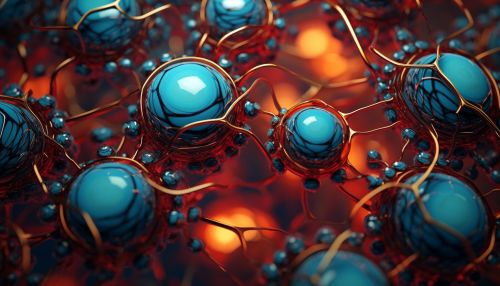
Types of Cell Division
There are two main types of cell division: mitosis and meiosis. Both processes are characterized by the division of a cell's nucleus, followed by the division of the cell's cytoplasm (cytokinesis). However, the processes differ in their purpose, the number of daughter cells produced, and the genetic composition of the daughter cells.
Mitosis
Mitosis is a type of cell division that results in two daughter cells each having the same number and kind of chromosomes as the parent nucleus, typical of ordinary tissue growth. It is a process that allows a single cell to divide and produce identical copies of itself. This type of cell division is essential for growth and repair in the body.
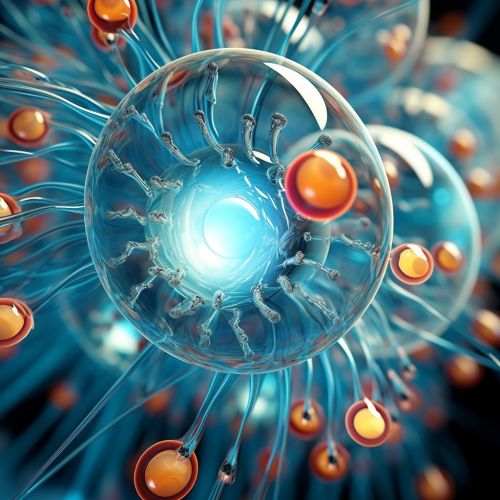
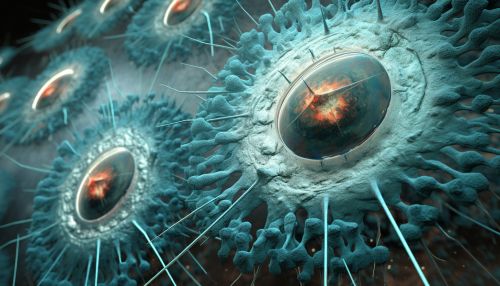
Meiosis
Meiosis, on the other hand, is a type of cell division that reduces the number of chromosomes in the parent cell by half and produces four gamete cells. This process is required to produce egg and sperm cells for sexual reproduction.
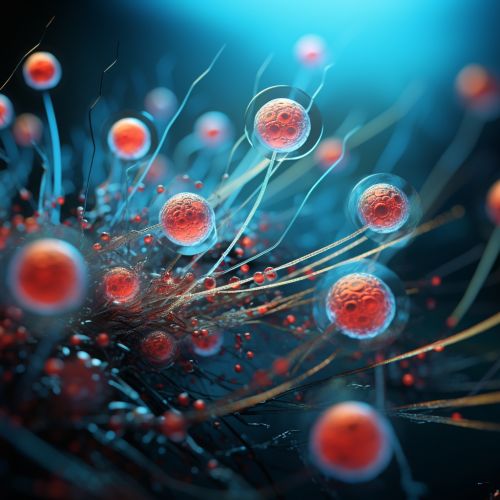

Stages of Cell Division
Both mitosis and meiosis involve several stages, including prophase, metaphase, anaphase, and telophase. However, meiosis includes two rounds of these stages, known as Meiosis I and Meiosis II.
Prophase
During prophase, the chromatin condenses into a highly ordered structure called a chromosome in a process called DNA condensation. The chromosomes become visible, and the nuclear envelope begins to disintegrate.
Metaphase
In metaphase, the cell's chromosomes align themselves in the middle of the cell through a type of cellular "tug of war."
Anaphase
During anaphase, the chromosomes are pulled apart to opposite ends of the cell.
Telophase
In telophase, the chromosomes reach the cell's poles, and nuclear membranes form around each set of chromosomes.
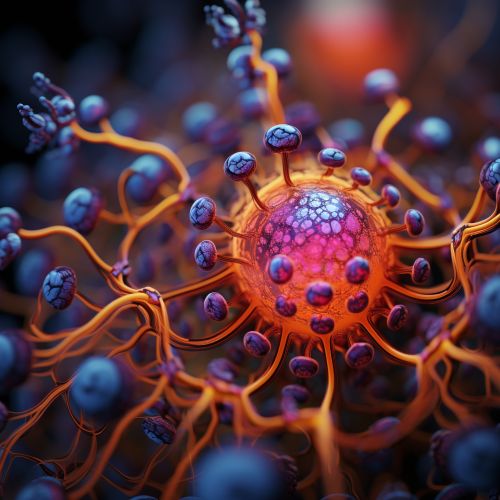
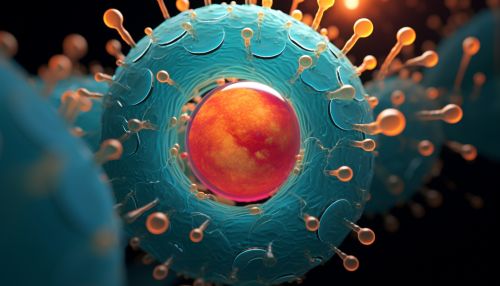
Regulation of Cell Division
The process of cell division is tightly regulated by the cell cycle, a series of events that cells go through as they grow and divide. Disruptions in the cell cycle can lead to uncontrolled cell division and potentially cancer.
Significance of Cell Division
Cell division plays a vital role in the growth and development of organisms. It is also crucial for the maintenance and repair of tissues. In addition, cell division is the mechanism by which life propagates, making it a fundamental process in biology.
